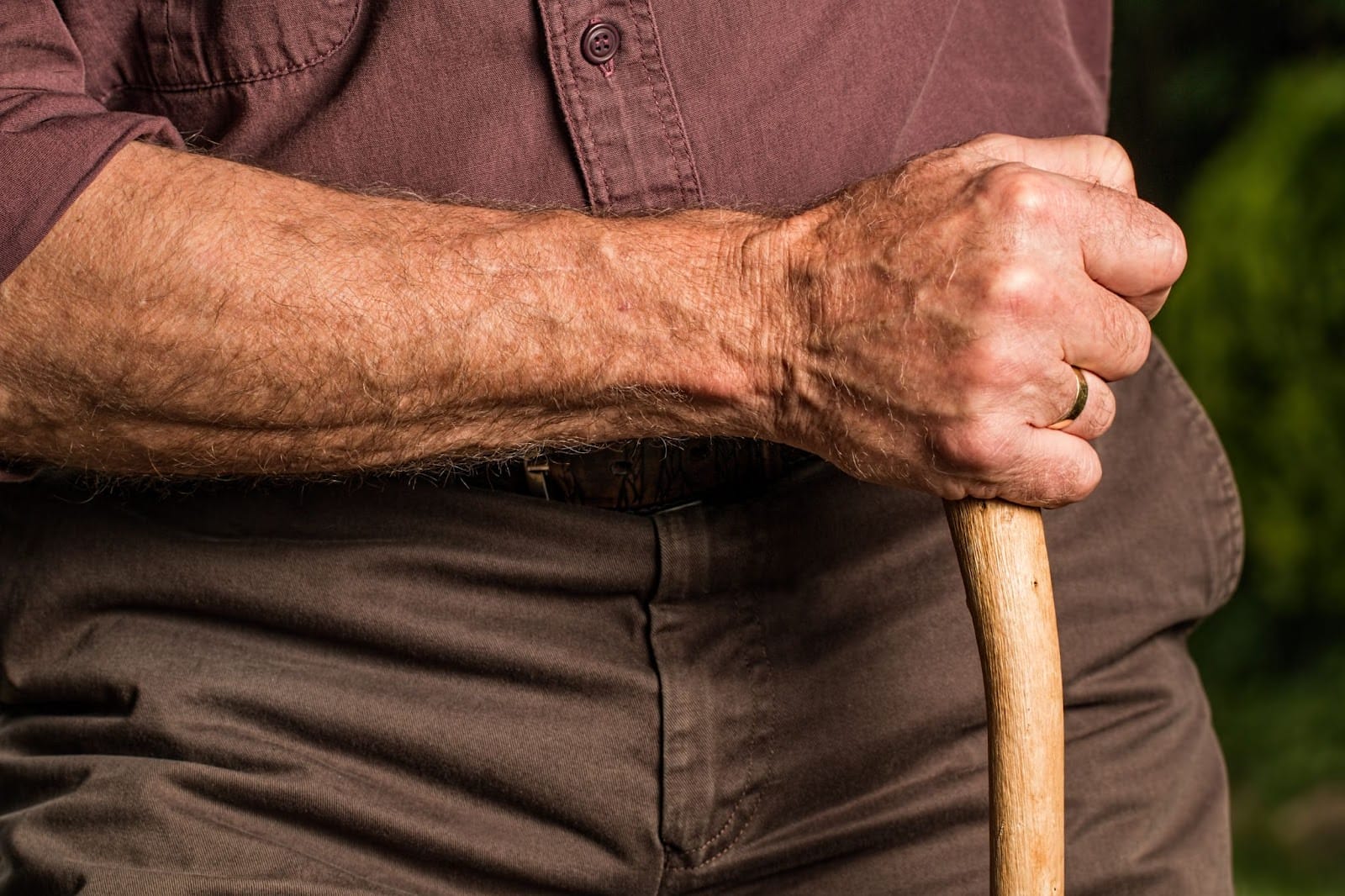Photo by Pixabay
Falls can put senior citizens at a far higher risk for more severe injury. As you age, you may not realize that a simple slip or trip can cause you to break a bone and lead to more serious health problems that could potentially pose long-term effects.
The risk of a fall or injury increases as you get older, but there’s good news: many of these falls or incidents can be prevented. Many older adults fear falling, especially if they haven’t fallen before. It may lead to avoiding activities, even just a simple walk or stroll through the park. But being active is a crucial step to keeping your body healthy and preventing an accident from happening.
For those concerned about falls and seeking preventive measures, NDIS supported phsyiotherapy can play a pivotal role. Physiotherapy programs under the National Disability Insurance Scheme (NDIS) provide tailored exercises and interventions to enhance strength, balance, and mobility, reducing the risk of falls and promoting overall well-being for older adults.
So, here are some helpful tips and strategies for senior citizens to prevent falls and injuries.
How Can Senior Citizens Fall?
Numerous issues occur as you get older that can further contribute to the likelihood of a fall, such as the following:
- Health conditions: problems that you’re already experiencing, like diabetes, heart disease, nerve issues, multiple sclerosis and incontinence, can all affect your balance and contribute to the possibility of you falling. For example, if you rush to the bathroom quickly because of leakage from incontinence, you put yourself at high risk for an accident.
- Poor eyesight and hearing can make it so that you don’t see or hear potential danger that could cause you to become injured.
- Your reflexes are not as sharp as they used to be, and senior citizens who begin showing symptoms of dementia can cause falls.
- Muscle loss: aging contributes to the weakening of your muscle mass, and hypertension can happen when you stand after sitting or lying down for a long time, making it, so you lose your balance and fall.
- Medications with side effects may contribute to feeling dizzy or confused, contributing to the likelihood of an accident.
Tips to Prevent Falls and Injuries for Senior Citizens
Taking care of your health and continuing to do so as you get older will play a significant role in lowering the risk of an accident. Many falls or injuries don’t occur without reason. Here are some tips for senior citizens to follow that help reduce the chance of falling or broken bones and fractures:
- Exercise: If you don’t already have an active lifestyle, it’s never too late to start incorporating an exercise routine. Regular physical activity is known to help improve your muscle strength and keep things like joints and ligaments more flexible. Your bones are less likely to fracture or break.
- Consider lower-impact exercises like walking or yoga to help you regain some of your strength before jumping directly into a strength training exercise plan. As a beginner, you should speak to your doctor about simple ways to coordinate a healthier, active lifestyle.
- Hazard prevention: you should evaluate or have a professional visit your home or living area to look over potential hazards. To help fall-proof your living space, you can install handrails on both sides of the stairs, keep rooms tidy and free from obstacles, and have good lighting throughout your home. Make necessary changes to ensure your safety.
- Check your hearing and eyes frequently. Regular eye exams for seniors are very important. Minor adjustments to your sight and hearing can significantly affect how you perceive things, which can lead to injury. And if your company or hearing is different and you need new glasses or hearing aids, ensure you get used to them.
- Talk to your doctor if you have medications with side effects and are experiencing them, such as feeling dizzy, confused, or sleepy.
- Use a device to help you when walking if you have trouble, like a walker or a cane. These tools ensure you don’t fall if you need extra support. Consider investing in a hip protector to prevent a fracture if you fall. Your doctor may recommend a specific device, so you must ensure it’s the right size and safe for use. You may experience walking in areas that are uneven or unfamiliar.
- Stand up slowly, especially if you have been seated for an extended period or have just woken up from sleeping.
Another helpful strategy you can note is to keep your belongings tucked away so you’re hands-free and can grab onto rails or surfaces. Pay attention to the shoes you wear on your feet so that they are comfortable and fully supportive. Consider staying indoors when the weather is terrible or icy so you don’t put yourself at risk.
If a Fall or Injury Occurs
Sudden falls or injuries can happen at any time, so you must be prepared for what to do in the event of an accident. An essential first step is to give yourself time to stay calm and assess the situation before doing anything else.
If you’re hurt and need help, you should ask for it – hopefully, someone is nearby to help call, or you can call 911 for an ambulance. Try not to move too much if you can tell you’re injured. Hopefully, you have your mobile phone or an emergency response system (like a bracelet with a push button), so you can immediately call for help.
If you aren’t that hurt or feel you can move, do so very slowly. Roll over on your side or crawl, and just take your time getting yourself to a chair or a place where you can lie down safely. If you are injured somehow, you could make it worse by moving too quickly or putting weight on the site of the pain.
A slip and fall lawyer assists when injuries result from another’s negligence. They aid in understanding legal rights and gathering evidence, such as photos and medical records, to assess the case’s strength and provide guidance. Legal assistance is essential due to varying jurisdictional laws. Most lawyers offer free consultations to gauge if legal action is warranted.
Take Care Of Your Health
About one in five falls can cause severe injury. They can lead to unwanted trips to the emergency room and contribute to more severe or prolonged health problems.
Lower your risk for fall-related problems by taking these steps to prevent falls and keep your bones more robust and yourself in good shape. If you do fall, ensure you have prepared a way to get help if needed.
Engage in exercises that improve strength, balance, and flexibility. Activities like walking, swimming, yoga, and tai chi can help enhance muscle tone and coordination, reducing the risk of falls. Review your medications with your healthcare provider and discuss any potential side effects.
Poor vision can significantly increase the risk of falls. Make sure to have regular eye exams and update your eyeglass or contact lens prescription as needed. Install handrails and grab bars in bathrooms and stairways to provide support. Ensure adequate lighting, especially in hallways, staircases, and outdoor pathways. Moreover, choose sturdy, well-fitting shoes with nonskid soles to provide stability and support. Avoid walking in socks or slippers, especially on slippery surfaces.
If you have mobility issues or balance problems, consider using assistive devices such as canes, walkers, or mobility scooters to help you move around safely. Dehydration can cause dizziness and weakness, increasing the risk of falls. Drink plenty of water throughout the day, especially in hot weather or during physical activity.
The Editorial Team at Healthcare Business Today is made up of skilled healthcare writers and experts, led by our managing editor, Daniel Casciato, who has over 25 years of experience in healthcare writing. Since 1998, we have produced compelling and informative content for numerous publications, establishing ourselves as a trusted resource for health and wellness information. We offer readers access to fresh health, medicine, science, and technology developments and the latest in patient news, emphasizing how these developments affect our lives.








